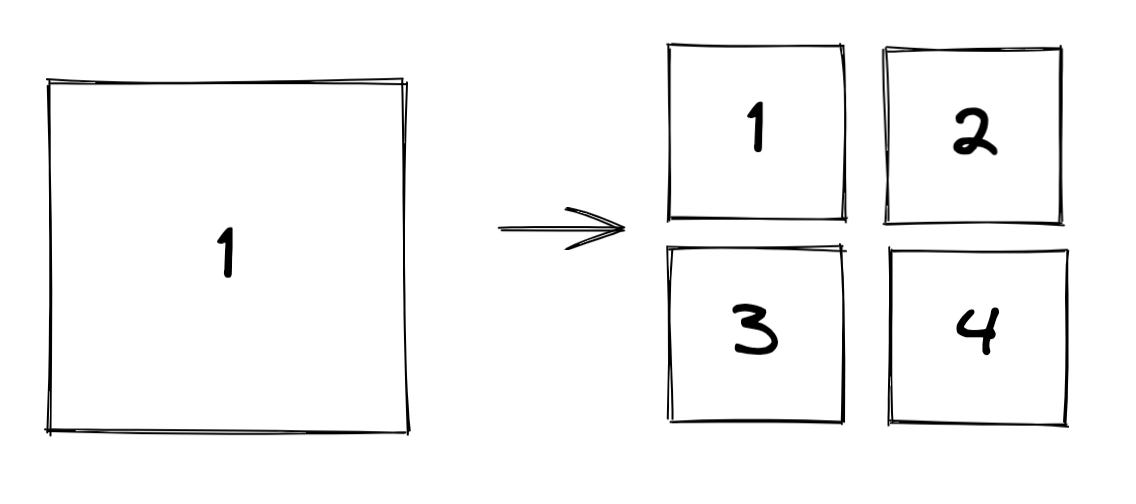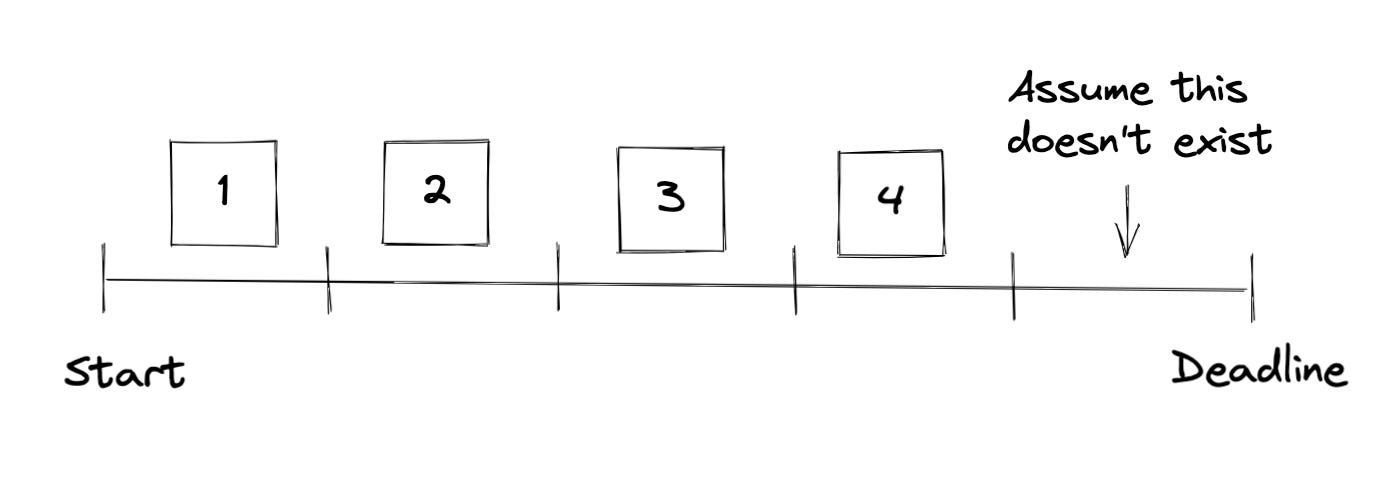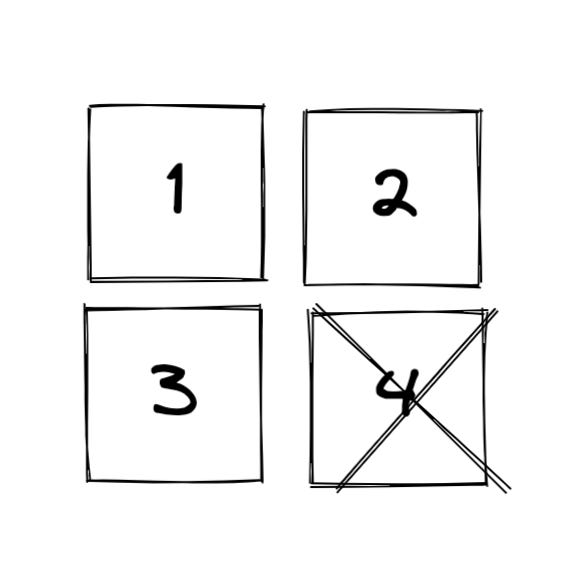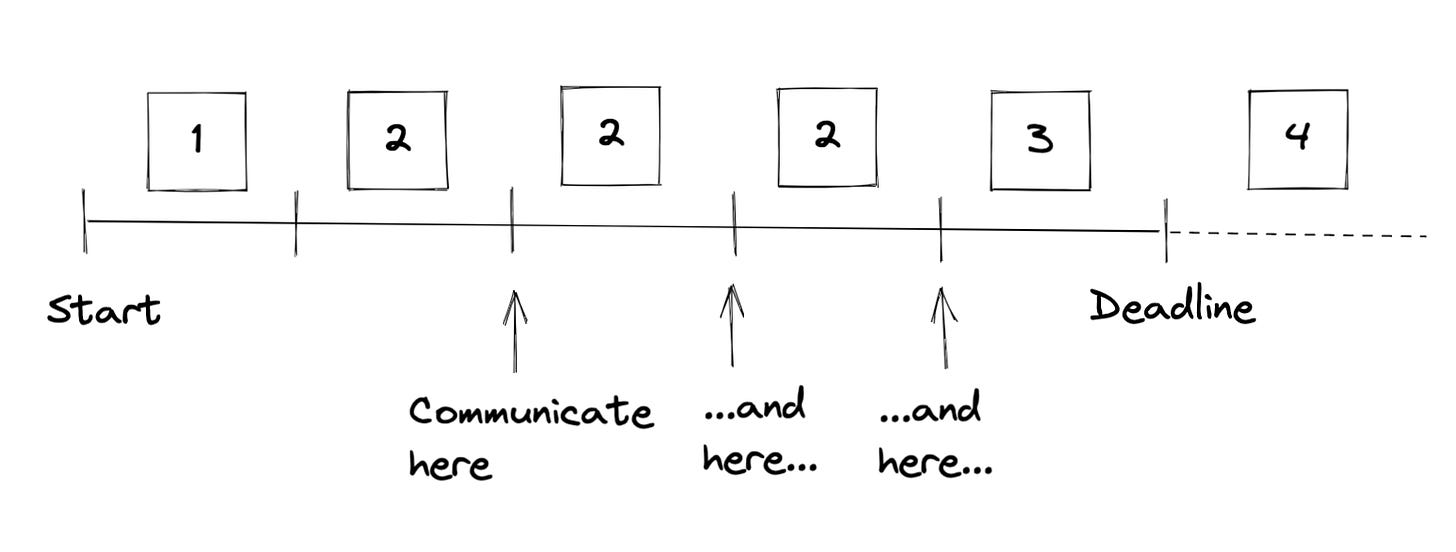Hi there! 👋🏽
Welcome to a new issue of leadingIn.tech newsletter. I'm Roberto, and this is a place where I share ideas, practices, learnings towards the journey of becoming a better leader.
Today’s article is about that activity that we terribly suck at performing but we still need to do anyway to get things done, and that’s estimating when we will complete a task or a project. You will probably find that this might be a recurring topic in the newsletter, but that’s just because of my awareness of how much I suck at it.
Photo by Wilhelm Gunkel on Unsplash
💡 learnings and ideas to become 1% percent better every day
📄 Articles
📄[comic] The Planning Fallacy: Why We're Terrible at Setting Realistic Deadlines
What is it about?
The article(plus a comic) describes our pattern of not being able to set realistic deadlines to a task despite having done similar ones in the pasta. Even if we suck at setting them, there are benefits to perform this activity as it pushes us to pursue the completion of the tasks based on the way our brains react to time sensitive constraints.
💡 “We can’t meet deadlines, but we can’t get anything done without them (see the Mere Urgency Effect)”
The downside is that deadlines that are too unrealistic have a negative effect work as they generate unnecessary stress and they hurt our trust with peers and stakeholders when we are unable to meet them. In the this post from the Doist team they some strategies that can help us mitigate these risks.
What are the key take aways?
To mitigate the impact of not being able to accurately estimate the time to complete a project or a task, we can follow these 5 simple strategies:
Break down the problem into smaller parts and estimate them individually.
Add buffer to your schedule, assume you will only dedicate a fraction of the available time to complete it. This will give you extra time if things start to delay, as it mostly happens, specially on environments of high ambiguity and complexity.
Use similar tasks done in the past to compare with your estimations of the current task, the more historical data the better.
Reduce the scope of what you are trying to accomplish, optimise for quality over quantity.
If none of the strategies above are enough, communicate early and often the obstacles that appear in your way.
📄 Related Articles
The Art of ETA. How to give precise development time… | by Dana Yudelevich | Level Up Coding
Agile Estimation: Why The Fibonacci Sequence Works
🎬Related videos
How to estimate as as an engineering leader | LeadDev
✉️Related issues
LeadingIn Tech #6: Estimated Time of Arrival Panic










